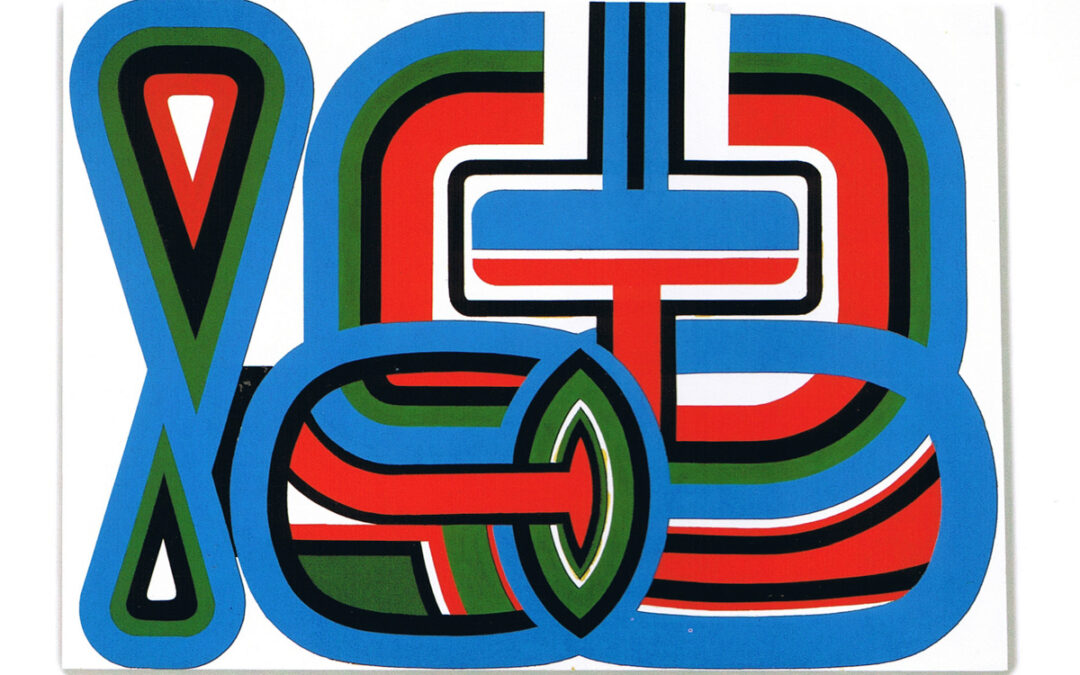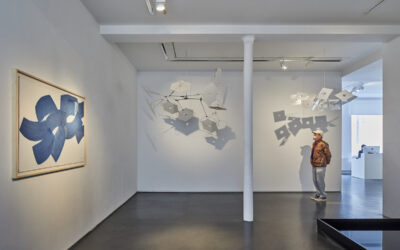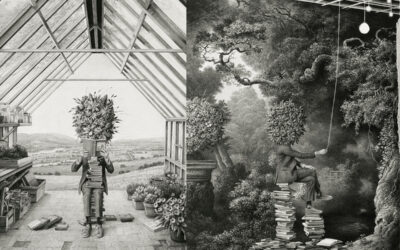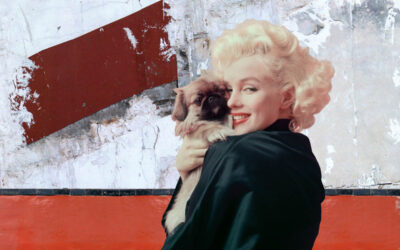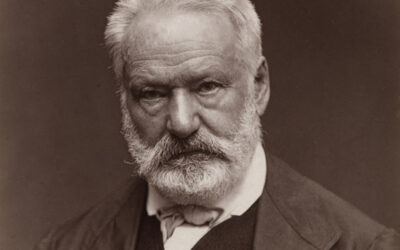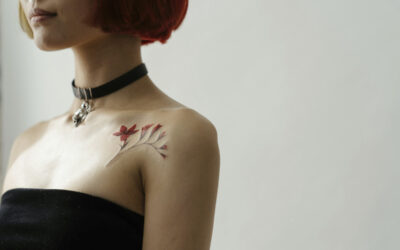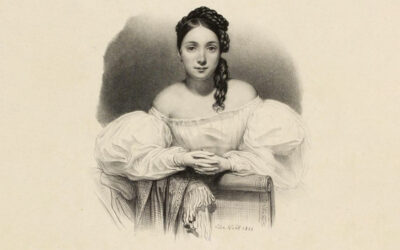By courtesy of Galerie Lahumière: Jean Dewasne untitled ca. 1959.
Everyone knows him but no one knows him. Because without him the Georges-Pompidou Center would not be blue, green and red! The anecdote is worth the detour: in 1970, Jean Dewasne, who lives in the Marais, visited the architects Renzo Piano and Richard Rogers, based on Boulevard Sébastopol, in Paris. They present him with the model of the future cultural center, which is all gray. Dewasne has a better idea. He invites them to his workshop in the Marais, rue du Bourg-Tibourg, where he has repainted all the pipes in color.
“The architects were captivated: they immediately abandoned the gray color initially planned in order to colorize the piping of the Georges-Pompidou Center in the Jean Dewasne style! », says gallery owner Diane Lahumière who is devoting an exhibition to this major figure of geometric and constructivist abstraction.
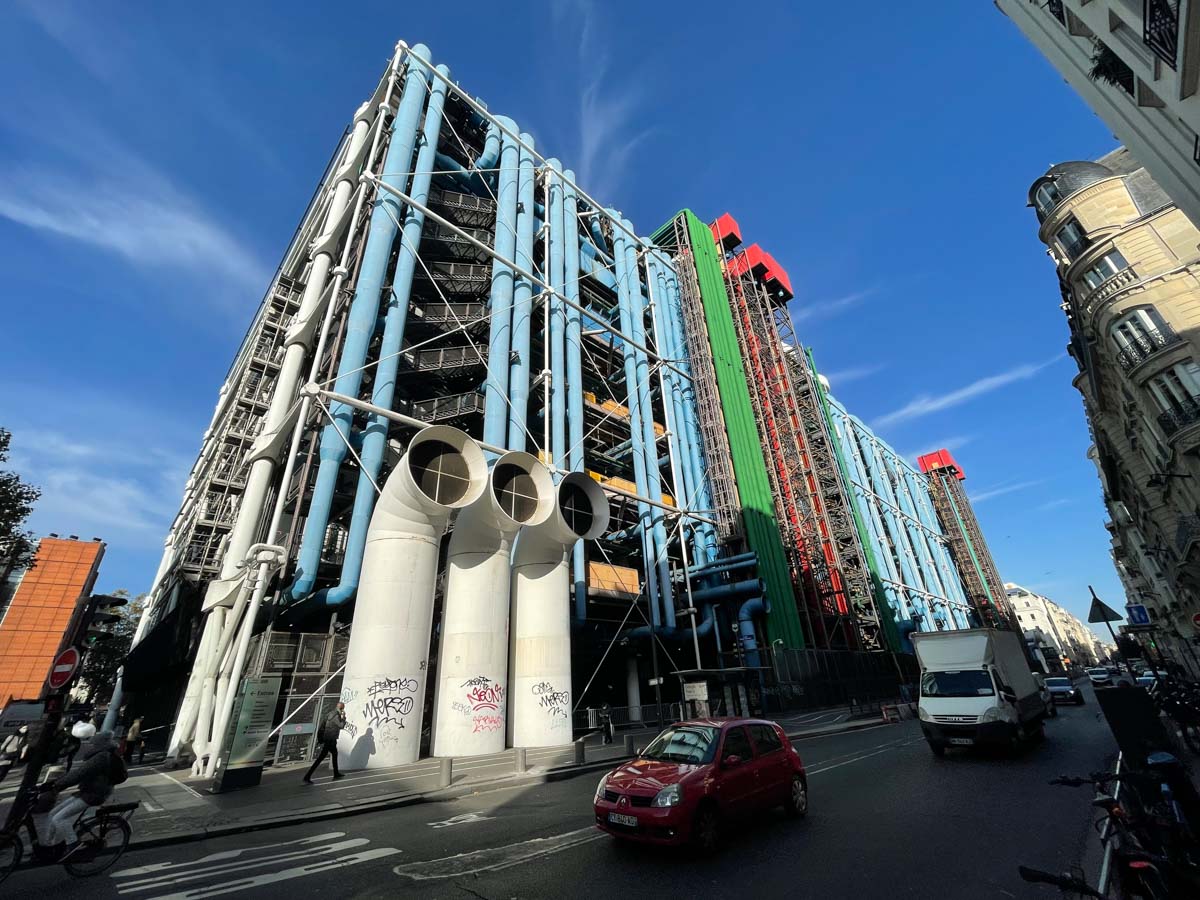
Born in 1921 near Lille, Dewasne (who passed away in 1999) grew up in a technical world, alongside an uncle who was an engineer, whose office was cluttered with plans. As a teenager, he was also fascinated by the Universal Exhibition of 1937, which he traveled extensively. His whole life will be marked by modernity, geometry, innovations. Also impregnated by the ideas of the Bauhaus, he began his career as an artist around 1945 in a world where everything had to be reinvented. That's good, Dewasne is an innovator who views art as a field of experimentation.
The artist, who is also an excellent pianist, sets his sights on glycerophthalic lacquers, an industrial paint that he applies to aluminum and, later, to a new unalterable material, Isorel, then to plywood. A brilliant process, the application of this industrial lacquer becomes its “signature”, as do its colors: red, green, blue, white, black and, more rarely, yellow. “At one point, some even nicknamed him “the king of Ripolin”! », laughs affectionately Diane Lahumière whose parents, founders of the gallery, were close to Jean Dewasne and, also, to Victor Vasarely – two of the other “historians” of the house.
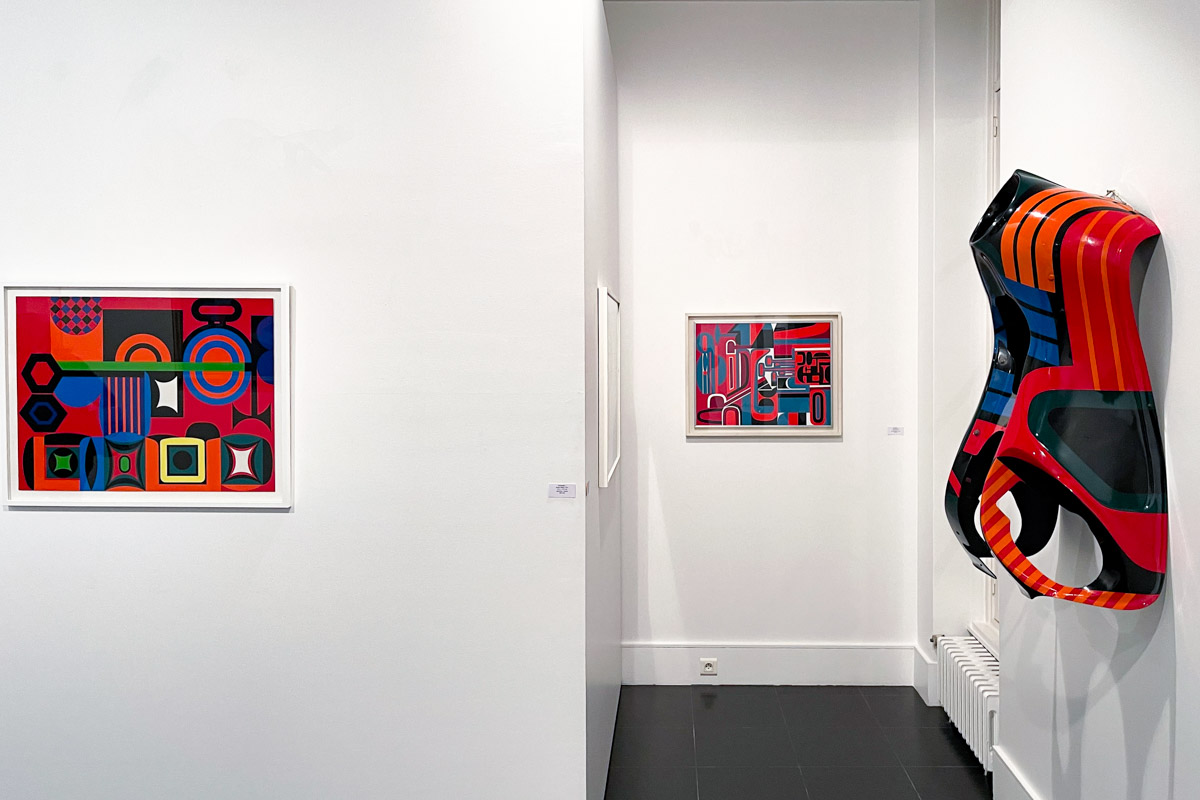
“If Dewasne – who represented France at the 1968 Venice Biennale alongside Arman, Kowalski and Schöffer – sometimes remains unknown, it is perhaps because many of his monumental works are installed in places inaccessible to the public or again, abroad,” explains the gallery owner of rue du Parc-Royal. His frescoes adorn the interior walls of the Arche de la Défense, the walls of the Jean-Vigo high school in Millau (Aveyron), metro stations in Rome and Hanover, and the newsroom of Politiken, the great Danish daily newspaper.
Until December 23, 2021, the “Panoramas” exhibition presents around twenty works by this singular artist who – as art critic Lydia Harambourg explains in her presentation of the exhibition – developed “a vocabulary constituted simple and evolving shapes, arranged according to complex rhythms in a baroque spirit. » With Dewasne, technical mastery always meets creative invention…
Galerie Lahumière – “Panoramas”, by Jean Dewasne
17 Rue du Parc Royal, 75003 Paris
01 42 77 27 74

Text: Axel G.
11.11.21
CURRENT EXHIBITIONS A MUST SEE
Susumu Shingu, praise of slowness
At the Jeanne Bucher Jaeger gallery, a century-old space at the bottom of a courtyard, around thirty drawings and kinetic sculptures, moving works by the Japanese artist Susumu Shingu, are displayed. It was a trend in vogue in the 1950s, led by artists such as the Athenian Takis or the Brazilian Soto.
Ethan Murrow and his hymn to plants
The Girls of Calvaire gallery, sheltered at the back of a courtyard, is hosting the solo show “Magic Soil” by the American Ethan Murrow until November 25. A unique set of around fifteen paintings and drawings that pay homage to nature.
Marilyn forever
Sixty years after her death, Marilyn still embodies the eternal feminine. In the heart of the Marais, Joseph gallery, the Monroe Experience offers a digital and poetic exhibition until November 21, to better understand the myth and the woman, a start-up before her time, entrepreneur and modern for the time (sexual freedom , psychoanalysis etc.).
NOW ON THE MOOD MARSH
Victor Hugo, the writer with a thousand talents
Born in 1802, Victor Hugo became a social writer, a playwright, a poet, a novelist and a romantic designer. Nicknamed the man-ocean then the man-century, he is a political figure and a committed intellectual. He found success with Notre-Dame-de-Paris in 1831 and with Les Misérables in 1862.
The best tattoo parlors in Marais
Tattooing, an age-old practice, has long been the prerogative of convicts, dock workers, the underworld and sailors. Although it has become democratized, now affecting all profiles and concerning one in five French people, including 16% women compared to 10% men, it still remains taboo due to its definitive and transgressive nature.
Juliette Drouet actress, muse and mistress of Victor Hugo
At 14 rue Sainte-Anastase, from 1836 to 45 and at 12 from 1845 to 48, a few hundred meters from Place des Vosges, lived the muse and lover of Victor Hugo, Juliette Drouet née Julienne Gauvain.

